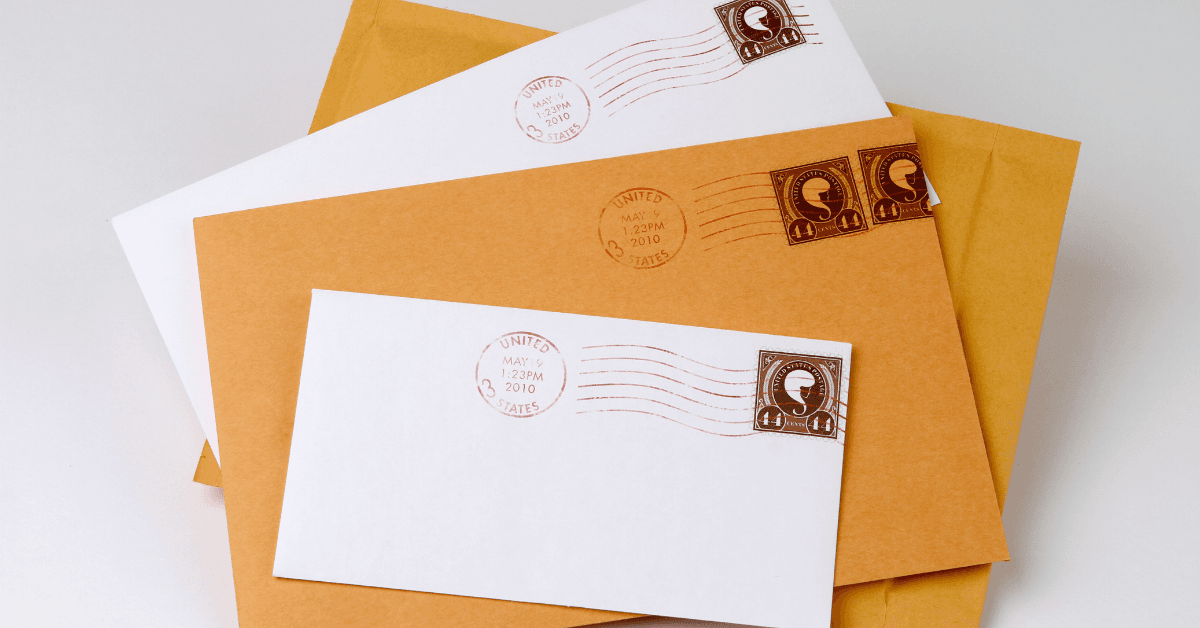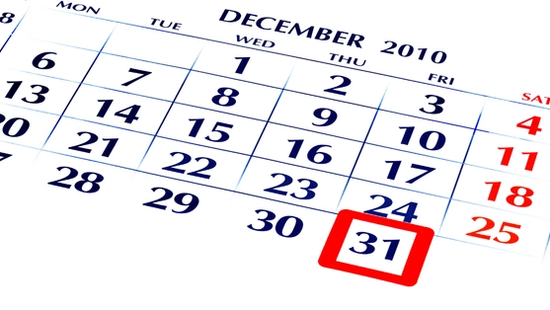What Type Of Paper Is Used For Postcards
What type of paper is used for postcards matters, choose durable, high-quality cardstock that boosts impact and trust. Elevate your direct mail results today!

When it comes to creating postcards that stand out in the mail, the type of paper you choose makes all the difference. Whether you’re printing postcards for a nationwide direct mail campaign, promoting dental services, or sending local community offers, the paper stock directly affects your postcard’s durability, appearance, and overall impact.
Choosing the right paper ensures your message arrives in style, crisp, professional, and ready to convert.
Understanding Postcard Paper Basics
The Role of Paper Weight and Finish
A postcard does more than deliver a message, it represents you. Before your words are ever read, your audience feels the paper, sees the finish, and forms an instant impression. That’s why choosing the right stock matters. It’s the difference between a mailer that shines and one that ends up in the recycle bin.
Paper Weight (Thickness)
Paper weight decides how strong and sturdy your postcard feels. It’s measured in pounds (lb) or points (pt), the higher the number, the thicker and tougher the card.
A thick stock (14pt–16pt) feels solid and premium. It won’t fold easily, and it commands attention. Perfect for campaigns that need to impress.
A lighter stock (10pt–12pt) is cheaper and works fine for local or high-volume mailings, though it bends more easily and feels less substantial in the hand.
Think of paper weight as your handshake. Firm, confident, or maybe a little too light. It says something before you ever speak.
Paper Finish (Coating)
The finish is your postcard’s personality like its texture, its shine, its style. It can turn a simple design into something striking.
- Glossy: Bold. Bright. Colors pop like a magazine cover. Great for photos or high-energy visuals.
- Matte: Smooth and subtle. Classy without trying too hard. It resists glare and fingerprints, making text easy to read.
- UV Coating: The armor of finishes. Shiny, protective, resistant to smudges and moisture. Perfect when you want your card to last.
Each finish tells its own story: glossy feels lively, matte feels elegant, UV-coated feels unstoppable.
Pro Tip
Balance your budget and your brand.
A high-end product launch? Go with 16pt glossy UV-coated stock for that polished, durable look.
A community promo or quick sale? 12pt matte can still look sharp and save you money.
Wrapping It Up
Your postcard’s paper is more than a background, it’s part of your message. Choose the weight and finish that fit your purpose, and your mailers will arrive not just intact, but impressive.
Want to dig deeper? Check out Best Paper for Postcards: Direct Mail Printing for expert insights and comparisons.
Common Types of Paper Used for Postcards
Matte Cardstock
Matte cardstock feels smooth, soft, and clean. There’s no glare, no shine—just an elegant, quiet surface that makes your message easy to read. It’s the kind of paper that says, we’re serious, we’re trustworthy. Perfect for dentists, doctors, banks, anyone who needs to project reliability.
This finish absorbs light instead of bouncing it back, giving your postcard a subtle, almost luxurious look. It works beautifully with simple designs, muted colors, and clean fonts. Want something timeless? Something that whispers “professional” instead of shouting for attention? Go matte.
Glossy Cardstock
Now, glossy postcards? They shout. They sparkle. They demand a second look.
Colors burst with energy, images feel alive, and every detail catches the eye. The glossy surface acts like a spotlight, great for showcasing products, promotions, or bold visuals that need to stand out in a busy mailbox.
But there’s a tradeoff. That shiny coat makes it hard to write on. So, skip it if you plan to add personal notes or signatures. Use it when your postcard is all about impact. When you want someone to notice, stop, and stare.
UV-Coated Cardstock
Then there’s the heavy hitter, UV-coated cardstock. Think of it as armor with style.
A layer of UV-cured coating gives the postcard extra shine, strength, and protection. No smudges. No scratches. No moisture damage. It’s built to survive sorting machines and long trips through the mail.
Beyond durability, it looks expensive. Sleek. Polished. The kind of finish that says your brand pays attention to details. Real estate firms love it. So do car dealerships and premium service providers. It’s for brands that want to impress and keep that impression lasting.
Why Paper Quality Matters in Direct Mail
Good postcard paper does more than look nice. It makes people notice. It makes them trust you. It even helps your campaign earn more. In direct mail, every small detail matters.
Think about it, thin paper bends, tears, and feels cheap. Thick, sturdy cardstock doesn’t. It travels better, looks cleaner, and feels professional when it lands in someone’s hands. Add a glossy or matte finish and suddenly, your postcard stands out. Add a UV coating? Now it shines. Literally and figuratively.
In industries like dental care, quality isn’t optional, it’s your reputation. A smooth, weighty postcard tells patients you care. It says, we’re reliable, we’re precise, we’re worth your trust. And trust converts. Digital ads disappear in seconds, but postcards stay. They sit on a desk. On a counter. They remind people you exist. And that’s powerful.
So don’t treat paper as an afterthought. Treat it as a strategy. The right stock turns a simple mailer into a messenger. It carries your brand voice. It builds recall. It drives engagement long after it’s delivered.
According to the DMA Response Rate Report, postcards mailed to households average a 5.1% response rate and generate an impressive 29% ROI, proving that well-crafted direct mail still delivers measurable results.
Your message matters but how it feels matters too.
Choosing the Right Paper Weight for Postcards
Paper weight might seem small, but it’s powerful. It decides how your postcard feels, how it travels, and how it’s remembered. A light card bends. A heavy one stands firm. The difference? One gets tossed aside, the other gets noticed.
When your postcard feels sturdy, it says something about you: this brand cares. It feels professional. Reliable. Durable. And yes, that matters. Because when your card looks and feels high-quality, people trust what’s printed on it.
Standard Weights for Postcards
- 100 lb Cover Stock: Think of this as the “starter” option. It’s affordable, practical, and good for bulk mailings. It bends a little, but not too much. Perfect for quick promos, flash sales, or seasonal messages where you need speed and savings over luxury.
- 12 pt Cardstock: A steady middle ground. Not too thick, not too thin, just right for ongoing campaigns. It prints cleanly, feels solid, and doesn’t break your budget. Many businesses use it again and again because it’s dependable and consistent.
- 14 pt Cardstock: The sweet spot. It’s the industry favorite for a reason. Strong, sleek, and professional. It holds its shape, protects your design, and keeps colors sharp. If you want quality without going overboard, 14 pt is your all-around champion.
- 16 pt Cardstock: Now we’re talking premium. Thick, confident, impressive. When someone holds a 16 pt postcard, they feel the difference. It signals class and credibility, ideal for high-value services like real estate, dental, or beauty. Add a glossy or matte finish, and it turns heads.
Heavier paper doesn’t just last longer, it leaves an impression. A thicker postcard feels intentional, substantial, memorable.
If you want postcards that deliver impact, 14 pt and 16 pt are your best bets. They balance strength, cost, and presentation perfectly. Because in direct mail, how your message feels matters just as much as what it says.
Paper Finish Options: Matte, Gloss, or Satin?
Once you’ve selected the right cardstock weight, the next choice is the paper finish, the surface coating that determines how your postcard feels, looks, and performs in a recipient’s hands. The finish isn’t just an aesthetic decision; it directly impacts brand perception, print clarity, and even mailing durability. Understanding how each finish behaves under light, ink, and handling will help you align your design with your marketing goals.
Matte Finish
A matte finish offers a smooth, non-reflective texture that exudes understated professionalism. It’s perfect for designs where text readability and subtle elegance take priority over shine. Matte postcards reduce glare and fingerprints, ensuring your message looks crisp in any light.
This finish is especially popular in industries where trust, cleanliness, and sophistication matter such as healthcare, law, or education. For instance, a dental practice might use matte postcards to announce routine checkup reminders or seasonal promotions. The writable surface also makes it ideal for personalization, whether that’s a handwritten note, signature, or short message that humanizes your brand.
Gloss Finish
Gloss finishes are bold, reflective, and attention-grabbing. They make colors pop and imagery shine, instantly giving your design a vibrant, high-end feel. The smooth coating enhances contrast, making photos, logos, and graphic elements appear more dynamic, ideal for visually driven campaigns or brands that want to project energy and excitement.
Because gloss paper resists moisture and minor scuffs, it’s an excellent choice for postcards that may encounter rough handling during transit. Think of it as the perfect companion for promotional mailers featuring bright product images, event invitations, or seasonal sales where visual impact drives response rates.
Satin or Silk Finish
Satin (or silk) finishes occupy the sweet spot between matte and gloss offering a refined balance of softness and sheen. The texture feels smooth and luxurious, with a subtle reflective quality that enhances colors without overwhelming the eyes. This finish is ideal for marketers who want a touch of elegance while maintaining a professional tone.
Satin postcards often appeal to premium service brands, real estate firms, boutique retailers, or financial institutions where the goal is to convey trust and sophistication without excessive flash. The finish’s semi-gloss nature also makes it easier to read text than full-gloss, while still delivering a polished, upscale appearance.
Still unsure which finish complements your chosen cardstock or design? Pair this guide with the Guide to Postcard Sizes for Direct Mail Marketing to create a well-rounded, impactful campaign that balances aesthetics with performance.
The Connection Between Paper and Print Quality
The right paper can make or break your print.
Even the most stunning design loses its spark if printed on the wrong stock. Paper isn’t just a surface, it’s the stage where your message performs. Its texture, weight, and finish all play a role. They affect how ink settles, how colors shine, and how your audience feels when they touch it.
Smooth, coated paper? That’s your choice for crisp, vivid color. It resists ink absorption, keeping edges sharp and hues bold. Perfect for postcards that showcase sleek designs, glossy product shots, or high-end branding. The kind of finish that screams professional.
Uncoated paper, though, it’s different. It drinks the ink, softening colors into a warmer, organic tone. There’s a tactile charm to it. It feels human, honest. Ideal for heartfelt messages, text-rich layouts, or brands that value authenticity over polish.
Of course, paper is only half the story. Your printer matters too. Use high resolution. Calibrate for color. Maintain consistency. A postcard that pops with detail and tone doesn’t happen by accident, it’s precision meeting creativity.
In the end, the right paper does more than hold ink. It holds meaning. It tells your audience you care about quality. It makes your brand feel intentional. And when someone picks up that postcard feels the weight, the texture, they don’t just see your design. They remember it.
Matching Paper Type to Your Campaign Goals
Paper choice isn’t just about printing. It’s marketing, quiet, powerful, and often overlooked. Every campaign has a goal, and the paper you pick should show that goal before a single word is read.
The feel of your postcard speaks. It tells your audience what kind of business you are. Smooth and glossy? Confident. Matte and soft? Reliable. Heavy and durable? Premium.
Think of it like a handshake. Weak grip, forgettable. Firm grip, impressive. The same goes for your mailer. A thin, flimsy postcard can make a great deal seem cheap. But one that’s thick and glossy? It commands attention, respect, maybe even curiosity.
Now, let’s match paper to purpose:
Promotional or Discount Campaigns:
Go for 12 pt or 14 pt glossy cardstock. Bold. Bright. Flashy. It catches light, draws the eye, and screams act now. Perfect for short-term offers where energy matters more than elegance.
Professional Service Campaigns (Healthcare, Legal, Dental):
Matte or silk finishes on 14–16 pt stock. Subtle. Smooth. Serious. This paper doesn’t shout, it reassures. It says, you can trust us. Ideal for campaigns built on credibility, not color.
Luxury or Long-Term Branding:
Choose 16 pt UV-coated cardstock. Deep gloss, heavy feel, long life. It lasts like your reputation should. Every reflection, every touch, whispers quality. Perfect for brands selling excellence, not discounts.
Your postcard’s paper does more than hold ink—it holds meaning. Before they read your offer, your audience feels it. The right stock can boost response rates, elevate your message, and make every mailer feel like it belongs in their hands.
So don’t just print. Impress.
Environmental and Cost Considerations
More and more marketers are thinking green these days. Not because it’s trendy, but because it matters. Luckily, postcard printing has kept up. It’s no longer a choice between saving money and saving the planet, you can do both.
Many printers now offer recycled and FSC-certified cardstock. It looks just as good as the regular stuff, same sturdy feel, same bright colors, same crisp finish. The only real difference? A smaller footprint. Sure, it might cost a bit more, but that extra cost sends a clear message: we care. And customers notice. When your materials reflect your values, trust grows. Loyalty follows.
Now, let’s talk about cost. Planning ahead pays off, literally. Ordering in bulk cuts your cost per card, sometimes by a lot. If you’re running regular mail campaigns, that savings adds up fast. The secret is finding a print partner who gets it, one who balances price, quality, and sustainability without compromise.
Do that, and you’re not just marketing. You’re making a statement.
A statement that says: doing good for the planet can also do good for your bottom line.
Conclusion
Choosing the right paper for your postcards goes far beyond aesthetics—it’s about building trust, improving readability, and ensuring your message leaves a lasting impression. Whether you’re running a direct mail campaign or promoting a dental practice, using durable cardstock with the right finish can make the difference between being noticed and being ignored.
From glossy promotional mailers to elegant matte postcards, every choice you make influences your campaign’s effectiveness. To learn more about optimizing postcard designs and tracking performance, explore our detailed guide on Design Dental Postcards That Track ROI Effectively.
If you’re ready to create postcards that command attention and convert, visit MVP Mailhouse or schedule a demo with our team today. We’ll help you select the perfect paper, design, and print strategy to elevate your next direct mail campaign.
Tags
Frequently Asked Questions
Related blog



